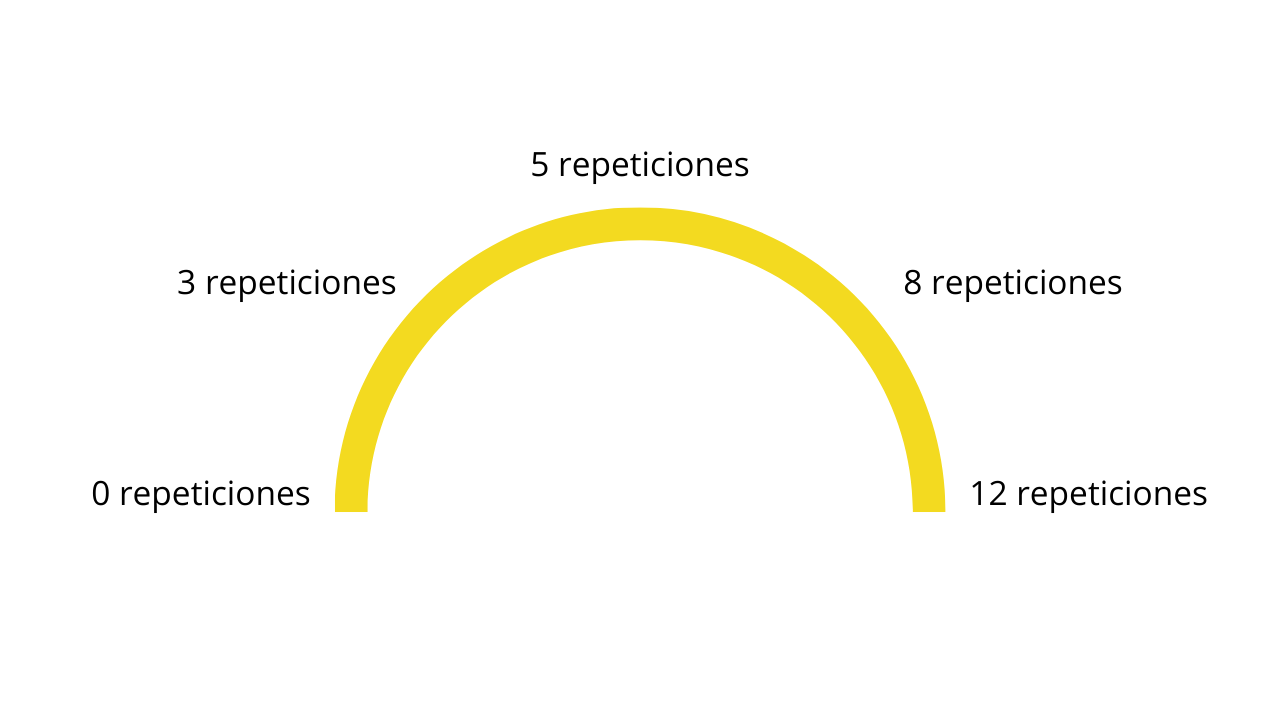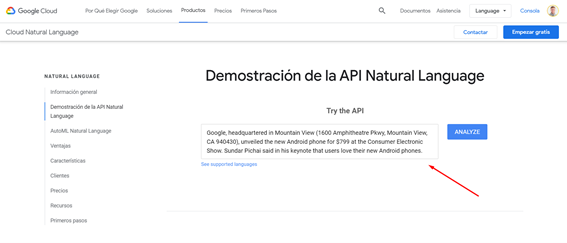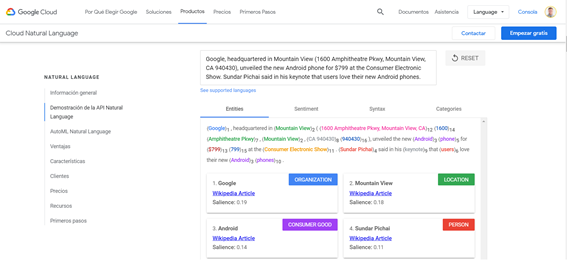Have you heard of the concept of keyword stuffing, keyword density, or density of key words?
Surely you have created a web page, and to be able to position in Google's organic form, you commanded her to write articles or you have written yourself. And as we teach in other articles, it is important to do a good keyword research prior to be able to detect and include the keywords for which you want to position.
But... what happens if the density of the key words that we use is too much for the little content we have to offer? Eye why here we will be entering into dangerous ground and penalizable by Google. That is to say, we can be penalized by practices of keyword stuffing or keyword density. And is that, as we mentioned above, this is in addition to not favor us in the SEO on Google is going to penalize you.
What is keyword stuffing and when it occurs?
We talk about keyword stuffing or keyword density higher than recommended, when having detected the keywords for which you want to position, the start to include in the text of bulk, until you get to a point where the reading does not sound natural.
An example of this is the following text in the let's say you want to position “wooden chairs”:
If you are looking for wooden chairs, here are the best wooden chairs that you can find in the market. Our wooden chairs, suitable for all kinds of uses, have been awarded as the best wooden chairs on the market. (and we stop because Google is going to penalize this article as keyword stuffing).
A good way to understand how the abuse of key words within a text, is looking at the following graph:

We see that, at the beginning, repeat a few times the key word in our favor because in this way, Google is beginning to understand what we are talking about, and begins to give importance to keyword.
But what happens when this keyword is repeated too many times in a way overcrowded? The result of adding ever more key words, it starts to hurt, because Google is detecting that the text is over-optimized, and that we are no longer offering original content and natural, but we are only wanting to include the keyword as more times possible.
What is the density of key words correct in a text?
And right now, they would probably be wondering: what is the specific number of times we can repeat the keyword throughout the text? Is there a formula that allows us to control when we are going through?
The answer is hybrid: Yes and no.
On the one hand, there is a tool, a formula or guideline that states that if you repeat the keyword a 2% with respect to the total length of the text, we're going to better position than if the include a 4% on the total. Many times (in fact in most cases), it's all going to depend on the extent of the text vs the number of keywords that we are including: that is to say, it is not the same thing include 8 times the same key word in a text of 200 words, to do it in a text of 2,500 words. In the second case, as we are offering more information is inevitably going to leave the key word. But with 200 words, it will be already more forced to repeat them many times.
On the other hand, we are going to share with you a tool that, although it is not created to alert us specifically if you're falling or not in keyword stuffing, it is going to give us clues about how optimized is the text. This tool is called NLP Google, and is one of the simulators that more accurately know the way that Google will understand our texts once indexemos.
The tool works in the following way:

When we enter the page of Natural Language Process of Google, you should make scroll until you reach the section that we showed in the previous image.
In the text box where you point the arrow, is where we'll need to include the text that has already been optimized, and we will have to give to “Analyze” or “Analyze” in Spanish.

Once the scan is complete, the tool will be returned to us in the diagnosis of what Google has been read and understood.
Situating ourselves in the tab “Entities”, we will be able to see what keywords you are giving more importance throughout the text. To do this, we must set in the salienza of the keyword: it is a value ranging between 0 and 1, and more salienza, the more strength you have that keyword throughout the text.
In this way, we can see an approximate, if we have already repeated in an optimal way the keyword, or if on the contrary, we should do it more often.
How to avoid keyword stuffing or keyword density
And now comes the million dollar question: How do we keep the keyword density?
While in the previous point we have already revealed some tips and tricks to control the keyword stuffing in your text, then we are going to summarize by way of quick points, some of the considerations that you must keep in mind to have your texts well optimized for SEO.
- First write all the text with the user in mind, and afterwards spend a layer SEO to the text: In this way, you can focus on writing the natural way, and in turning to the user, and put aside the introduction of keywords throughout the text.
- Spend a layer seo: After you have composed the text with the user in mind, it is time to include naturally the keywords that we've previously found in the keyword research and include them carefully throughout the article.
- Write in a natural way: If you follow the above steps, you will achieve a text natural and unique, which is ultimately what Google asks all the content creators, and what they value most when positioning a website.
- Use keywords semantically the same: Although we have discussed that it is important to include the keyword objective to achieve a position in the organic results, but that Google can penalize you if repeated too many times, we must carry out a strategy of inclusion of key words that come to say the same, but are spelled different. For example: “wedding rings” and “alliances of commitment.” Although in terms of meaning come to say the same thing, to be two different words to practice, allows us to deal with the same concept without the need of repeating the same keyword all the time.

